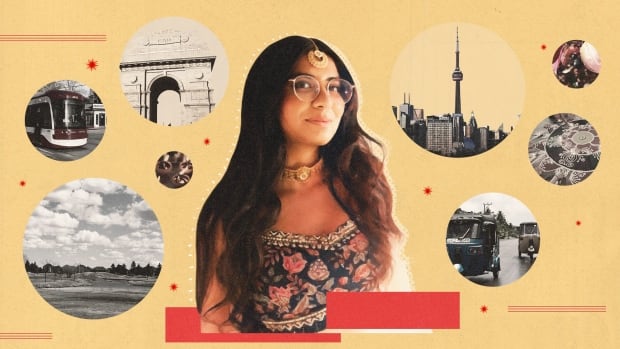
This First Person article is the experience of Vurjeet Madan, a university student in Toronto. For more information about CBC’s First Person stories, please see the FAQ.
Kindergarten feels like a distant fever dream to me, but I remember one particular assignment clearly. My teacher had asked the class to draw our homes. I spread out an impressive crayon collection and scribbled together my beige house. Above it, I drew a very blue sky. I’d say it was blue in a childlike way, but Saskatchewan skies just so happen to be a bright, childlike crayon-blue.
In front of the house, I drew my dad, mom, sister and me — each of us with unrealistically large grins. Truly a stick-men masterpiece of its time. For my young self of six years, this was home in its entirety.
Despite living in Saskatchewan, we’d often visit New Delhi. It is where my parents were born and raised and spent their early 20s before they immigrated to Canada. Each time we would step out of the notoriously chaotic international airport, I’d feel an unintentional smile coming about and find myself taking a large, slow inhale. However environmentally concerning Delhi’s smog is, I find myself indulging in it the way I do a politically outdated ’90s teen movie. The capital city — in all of its humid, colourful and noisy glory — feels like a materialization of my parents’ and grandparents’ stories.
Delhi was — and continues to be — synonymous with home for me.
Culture seemed to exist in the soul of India so effortlessly, it was enviable.
Despite Saskatchewan winning in the sledding and ice-skating departments, it was much less impressive in celebrating Indian holidays. Celebrating Diwali in Regina in the 2000s felt like shouting out into the large, cold, lonely prairie void — somewhat pointless. It seemed to only exist in the perimeter of our house, like a make-believe game my parents were elaborately playing with us.
But in Delhi, Diwali celebrations were everywhere. They could be found in the colourful rangoli powder on every doorstep we’d pass by. They existed in the intricate decorations and the big rush at the mithai (sweet) shops. They existed in the constant chirp of the doorbell, marking another impromptu visit from friends or family. They shone above me in the night sky, where I anticipated darkness, but instead saw sparkling fireworks. They came alive in the laughter and dhols drumming in the distance.
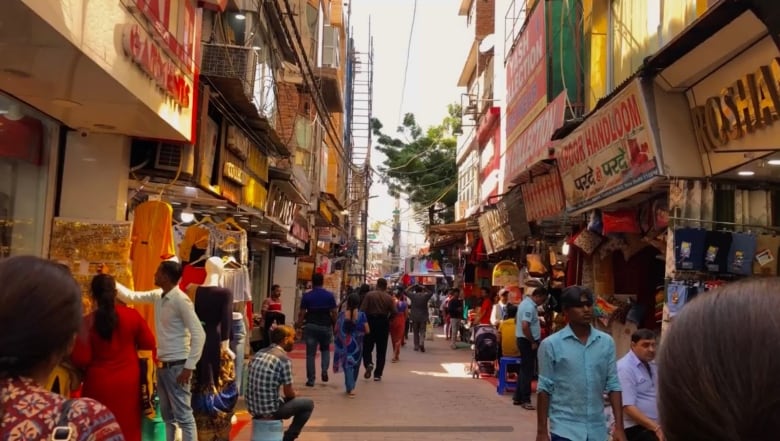
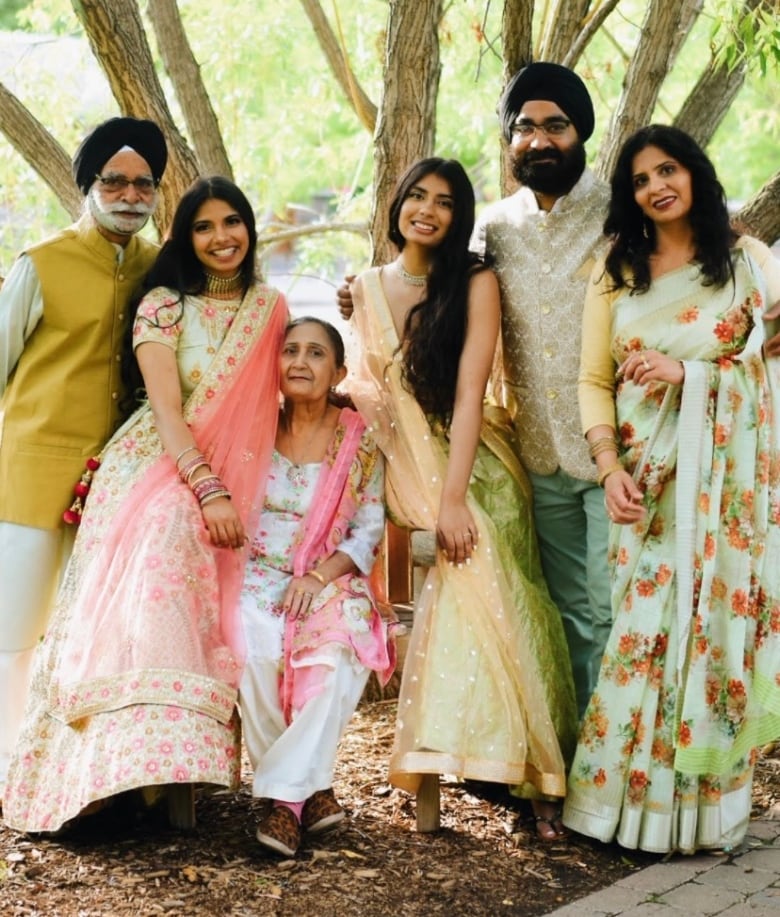
However novel this experience was to me, it was also familiar. During that visit to India in 2010 to celebrate Diwali, I felt I was seeing a painting that had been described to me for many years.
Despite these exciting moments, being in Delhi also comes with occasional moments of alienation as a second-generation Indo-Canadian.
Once, moments before entering a rickshaw, my mother instructed my sister and me to avoid talking to each other. Our obvious Canadian-accented English would mark us as “foreigners” and the driver would likely hike up the fee. Glances were stolen, giggles were unsuccessfully suppressed, but such moments still reflect the diasporic nature of my experience. Certainly, an everyday Delhite would not have to come up with an elaborate, over-complicated sign language with their sibling to prevent the driver from hiking up their fee.
Eventually visits to India slowed down as high school took up my time and energy. Powered by some teenage angst and a romanticized idealization of big cities, I was determined to move away from Saskatoon.
When I accepted the offer to study at the University of Toronto on an otherwise-ordinary afternoon in 2019, I unknowingly added another home into my life.
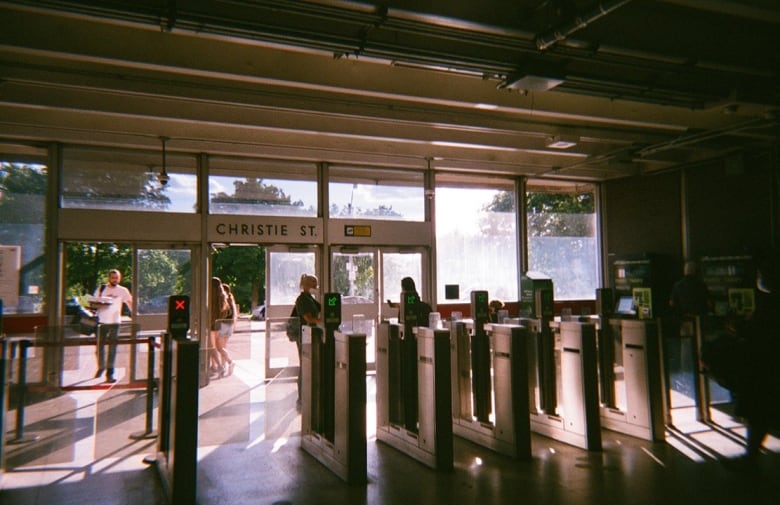
I felt instantly welcomed in Toronto and all of its bustling, reflective blue-glassed, urban beauty. As I enter my fourth year of university, I realize I owe the city for introducing me to opportunities, perspectives and most importantly people — the kinds who’ve made Toronto’s vastness feel much less vast.
I quickly learned Saskatchewan had a mundane reputation on the east coast of Canada. Yet, however unremarkable Saskatchewan seemed to all of the Ontarians I met, to me it was now unexpectedly remarkable. I missed things I didn’t think I would miss.
I missed my sister. Our closeness showed through in the layout of our Saskatoon home, where our rooms are joined by a jack-and-jill bathroom. My studying would often be interrupted by her flopping on my bed with a theatrical sigh. This was always followed by a stretched out “I’m booooooored” as if she half-expected me to get out of my chair and perform an elaborate Cirque du Soliel sequence.
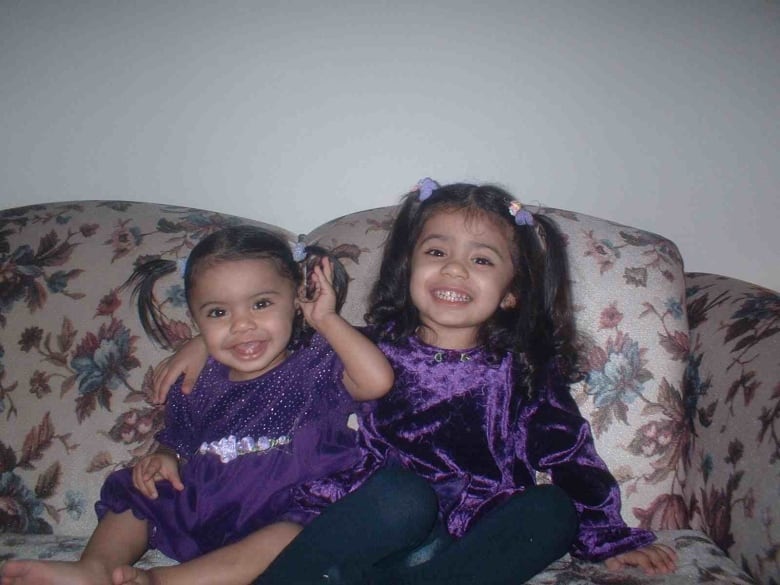
I missed impromptu hangouts with my sitcom-worthy friend group. Our complaints evolved from high school chemistry homework to those about grad school applications, and in the process, it seems I had grown right alongside them. I recall one study session that somehow progressed into a full-fledged Monopoly night. Despite — or rather in — the hodgepodge of questionable negotiations and talking over one another, I felt unequivocally at home.
I found myself in instances of confusion. What kind of problem was feeling at home in too many places? At times, I felt frustrated at my frustration. Always missing moments, now those in my prairie home in addition to the ones on the other side of the world, felt exhausting.
It was as if I had taken it upon myself to make nostalgia my personal religion. In Toronto, I thought often of my close-knit family and friends. After the pandemic struck, back in Saskatoon, I’d miss the independence of living in the big city on my own terms and schedule. And all throughout, I felt far away from my roots in India — metaphorically and literally.
I realized that lines of “home” were more challenging to make out as an adult. It felt as if I was looking at a map of my life without my glasses on, grasping at any way to navigate it linearly. I kept waiting to feel whole in one place, which as a diasporic kid might’ve been an unrealistic goal.
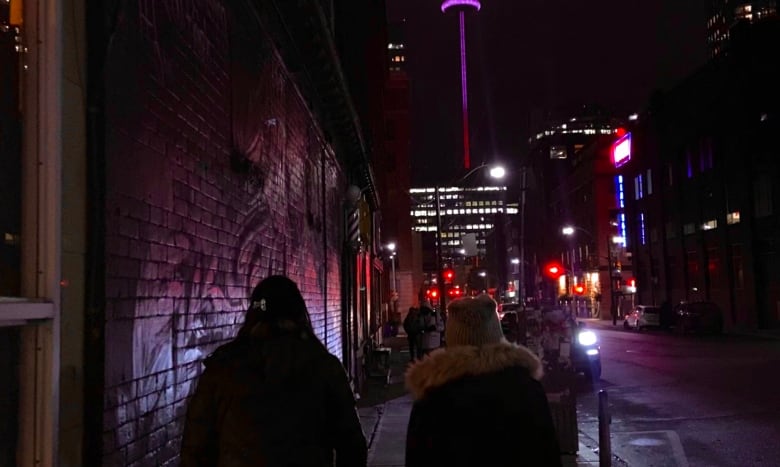
I don’t think there was any single moment that changed my perspective. Perhaps it was time, or growing up — or maybe both. In retrospect, I see there is irony in feeling overwhelmed by the rare privilege of having many places to call home at once.
I feel at home when I sip on chai on my grandparents’ balcony in Delhi, hearing their muffled small talk in the background. I feel at home in Toronto when my roommate and I blast Latin songs and go on an apartment-cleaning spree to procrastinate from homework. And, Saskatchewan, where I’ve dreamed, where I’ve grown, and where I come back to the family that has instilled values I would otherwise feel empty without— I can’t imagine not feeling at home there.
In taking off my nostalgia-tinted glasses, I am learning to see value in each home, but more importantly, in how they can each simultaneously feel like home too.
I feel very lucky to be surrounded by such abundant love.

It seems, contrary to what a younger me assumed, home is more than the beautiful beige house I drew in that Louvre-worthy crayon masterpiece. I think six-year-old Vurjeet would be satisfied in knowing I grew to love my — less tangible — version of home, regardless.
Do you have a compelling personal story that can bring understanding or help others? We want to hear from you. Here’s more info on how to pitch to us.